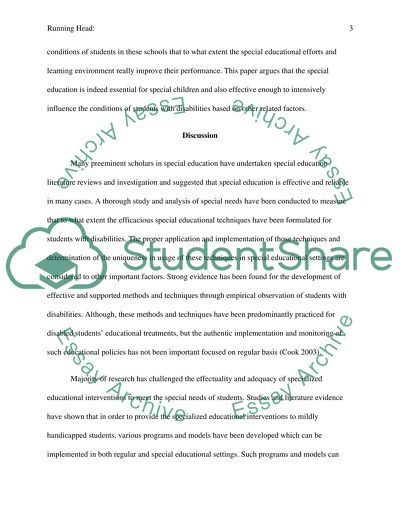Cite this document
(“How Effective is Special Education Research Paper”, n.d.)
How Effective is Special Education Research Paper. Retrieved from https://studentshare.org/psychology/1438540-how-effictive-is-special-education
How Effective is Special Education Research Paper. Retrieved from https://studentshare.org/psychology/1438540-how-effictive-is-special-education
(How Effective Is Special Education Research Paper)
How Effective Is Special Education Research Paper. https://studentshare.org/psychology/1438540-how-effictive-is-special-education.
How Effective Is Special Education Research Paper. https://studentshare.org/psychology/1438540-how-effictive-is-special-education.
“How Effective Is Special Education Research Paper”, n.d. https://studentshare.org/psychology/1438540-how-effictive-is-special-education.


